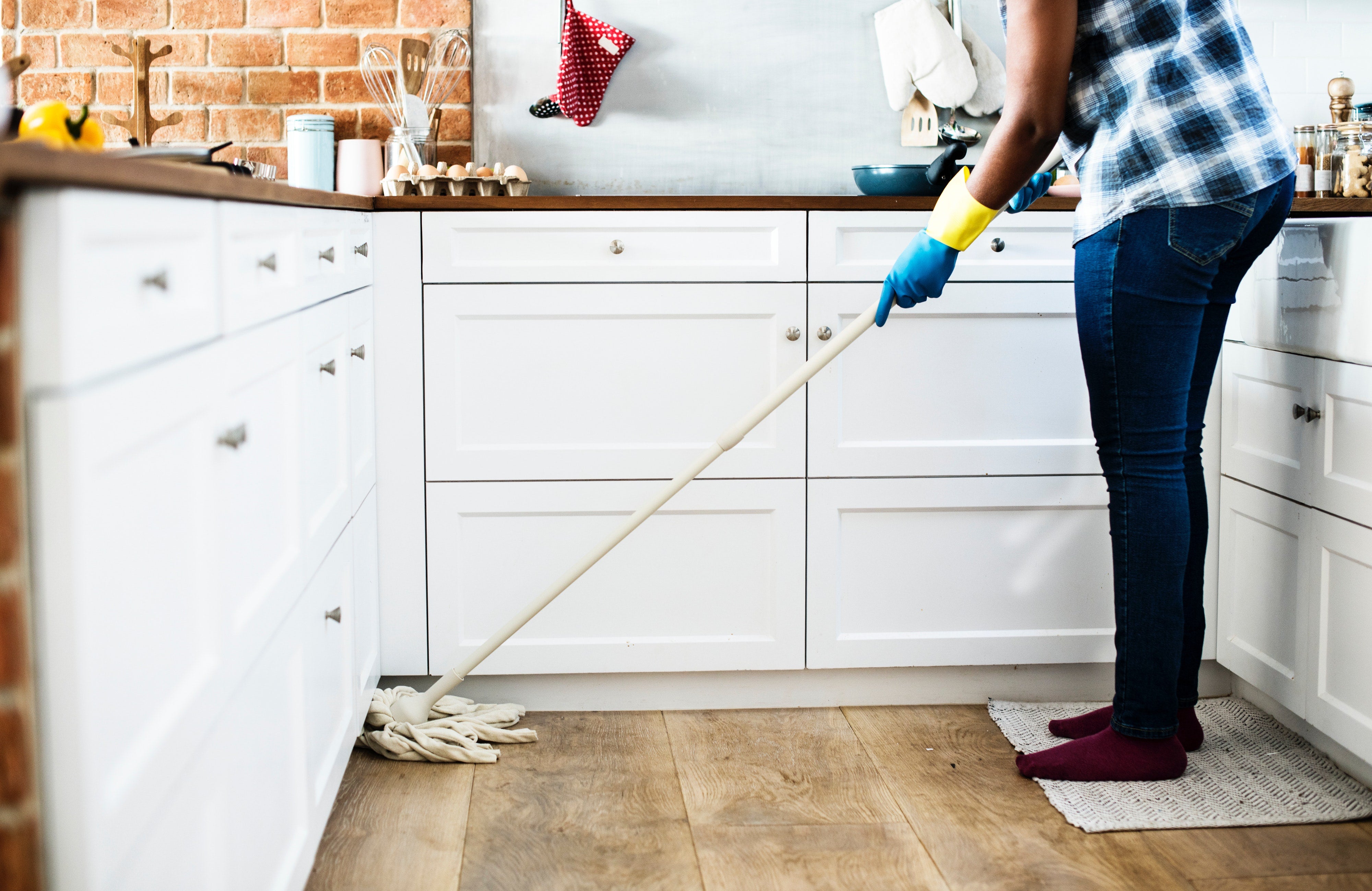The one place we should always feel safe and secure can be surprisingly bad for you. Sure, we're all aware of silent killers like carbon monoxide, but did you know that the soles of shoes, fresh dry cleaning and dry dust mops can cause a plethora of respiratory problems?
In an enlightening article by Melinda Wenner Moyer from Redbook, Ms. Moyer identifies common household pollutants which may be wreaking havoc in our homes and on our health. Click here to read Ms. Moyer's article in full.
Because the insulation of homes is so much better now than it used to be it creates an almost airtight seal on the home. this means...
"whatever you emit indoors — whether it's your burnt microwave popcorn, cigarette smoke, or cleaning-product fumes — is going to persist in the indoor environment for longer," says Lynn Hildemann, an environmental engineer and researcher at Stanford University.
What Can You Do?
Kick off your shoes in the front hall. The bottoms of our shoes are covered in a fine layer of chemicals, dirt, bacteria, and mold. That stuff settles onto floors and into carpeting, and regular household activity can stir it up, causing you and your family to breathe it in, Hildemann says. Try stationing a shoe basket or rack in the entryway to keep things more organized.
Wait a few days before picking up your dry cleaning. Freshly dry-cleaned clothes can emit chemicals that have been linked to cancer and neurological problems, according to the EPA — and it's important to make sure the solvents are completely dry before bringing them into your home. You could also switch to a dry cleaner that uses "wet" or CO2 cleaning, neither of which emit the same kind of dangerous fumes, according to the EPA.
Go fragrance-free. The EPA warns that some air fresheners can release compounds that cause headaches and eye, nose, and throat irritation. Lemon and pine scents concern experts most, Hildemann says: The chemicals that produce those smells react with ozone in the air to form formaldehyde and ultrafine particles that can collect in the lungs. For a safer room freshener, dip cotton balls in a sweet-smelling extract like vanilla and stash them around the house.
VENTILATE! Not surprisingly, indoor pollution becomes more of an issue during the winter, when we keep our windows closed for months on end, light cozy (but smoky!) fires, and braise our favorite cold-weather meals in the oven. Not only does cooking produce fumes, but gas stoves release trace amounts of carbon monoxide and nitrogen oxide into the air. That doesn't mean that roasting one turkey is going to hurt you — just like other chemicals, the exposure is cumulative.
Ms. Moyer does include a few other often overlooked areas of the home which should garner a little more attention as well as convenient and easy ways to help cut down on the amount of chemical pollutants hiding in your home. While the article does espouse the benefits of natural cleaners (yay), my only wish would have been for just a mention of the natural cleaning powers of pure essential oils. Maybe next time!

